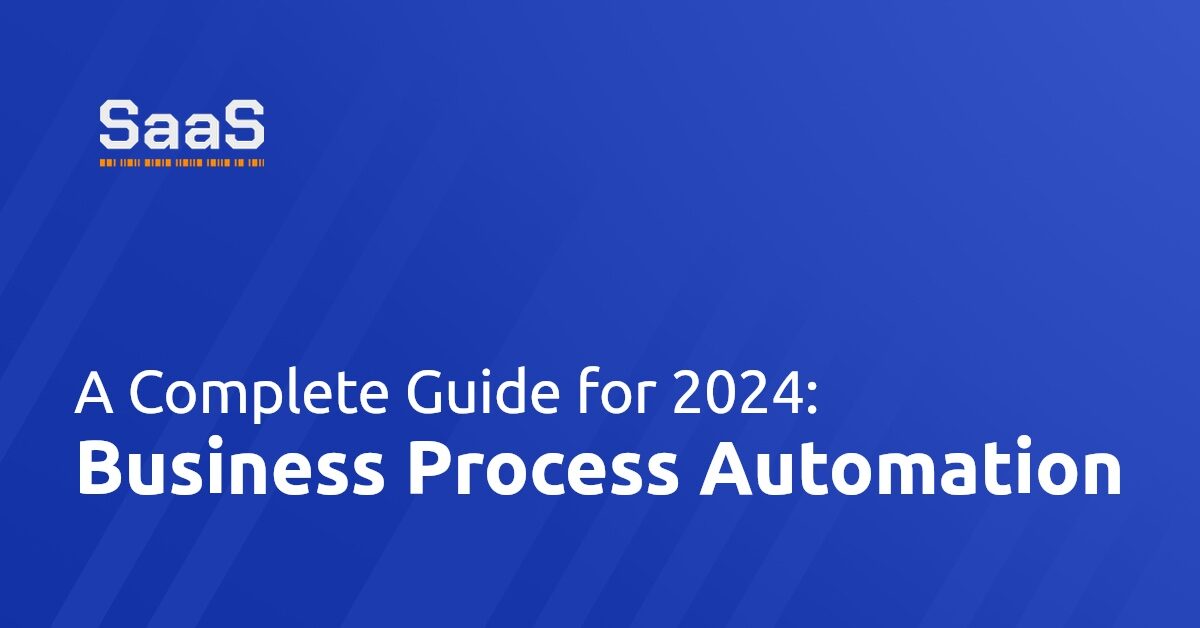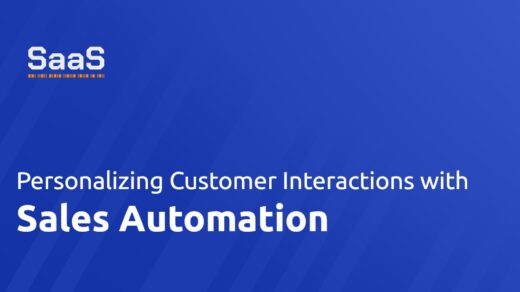What is business process automation?
Let's begin by understanding what business process automation (BPA) is all about. At its core, BPA is the technology-enabled automation of activities or services that accomplish a specific function or workflow. Digital transformation and automation technologies, like Artificial Intelligence (AI) and Robotic Process Automation (RPA), are ripening the grounds for BPA to thrive.
BPA technologies aim to reduce manual, mundane tasks, thus allowing employees to focus more on high-level strategic duties. They involve integrating applications, restructuring labor resources, and using software applications throughout the organization. From automated emails and notifications to sophisticated machine learning networks, business process automation has the potential to boost productivity significantly in a plugged-in world.
Key benefits of business process automation
The Philosophy of BPA extends three major benefits to businesses: increased efficiency, enhanced visibility, and exceptional customer service. One of the primary advantages of BPA is increased operational efficiency. Automation helps in minimizing manual effort, reduces duplication, and accelerates the execution speed of tasks.
BPA also promotes transparency and gives a clear view of the functioning of the organization. Automation helps in tracking your business processes and determining their efficiency, making it easy to pinpoint bottlenecks or process inefficiencies.
The third distinct advantage that BPA provides is an enriched customer experience. Automation speeds up response times, eliminates process errors, and improves service delivery, thus ensuring a higher level of customer satisfaction and loyalty.
Implementing successful business process automation strategies.
The key to successfully implementing BPA is to start small and then scale. Choose an area of your business that is relatively simple, but requires automation. Once you've successfully automated this area, you can expand into other areas of your business.
Working closely with stakeholders and involving them in the development and implementation phase is crucial. Their feedback can provide valuable inputs, fine-tune the automation process, and enhance the adoption across the organization.
Ensure you have reliable metrics to evaluate the success and effectiveness of your BPA strategy. Set clear performance benchmarks and continuously monitor your progress towards achieving them.
The future of business process automation in 2024
As we look forward to 2024, the potential for BPA seems limitless. With advancements in AI and machine learning, the capabilities of BPA will only expand, and we'll see even more complex tasks being automated. Decision-making processes, strategic management, and other complex business functions will see more incorporation of BPA.
Furthermore, with the growth of intelligent process automation (IPA), BPA applications will get smarter and more context-aware, leading to better decision-making capabilities. In addition, as more businesses digitize their operations, we will see an increased adoption of BPA across various industry sectors.
In conclusion, business process automation promises efficiencies and productivity increases that businesses cannot ignore. As we move towards 2024, BPA will likely become even more entrenched as a crucial element in the digital business infrastructure. Companies that choose to embrace BPA stand to gain a significant competitive advantage in an increasingly digital business landscape.








